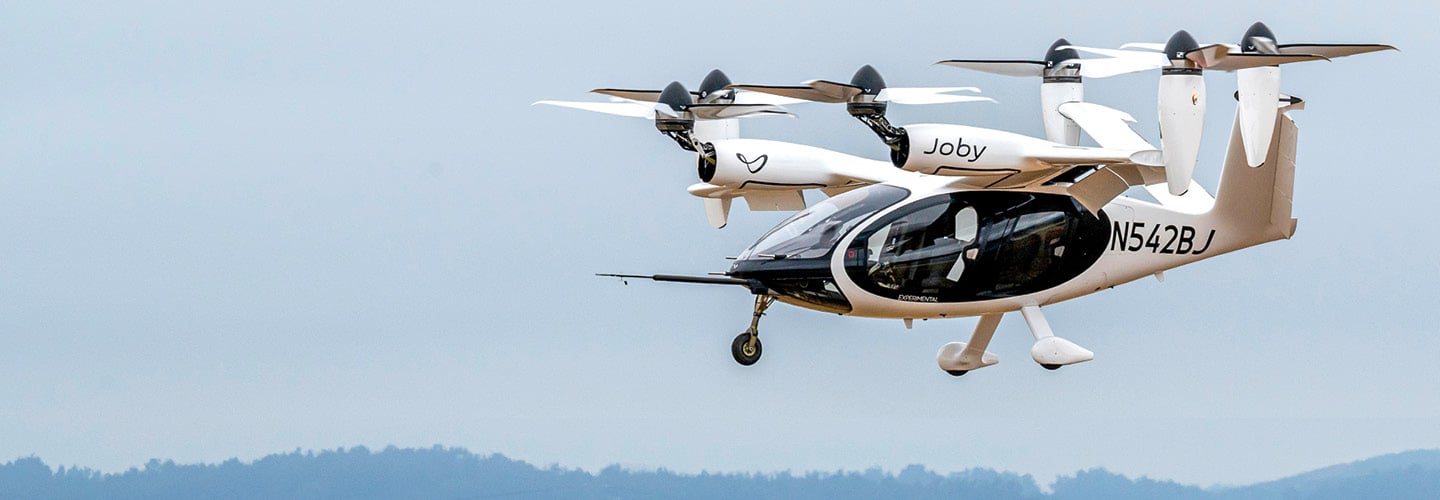Flying taxis have long been the stuff of imagination. But they’re one step closer to becoming a reality. The Federal Aviation Administration (F.A.A.) recently released a plan to allow air taxis in the skies over urban areas by 2028. In addition, the F.A.A. has given two air taxi companies, Joby Aviation and Archer Aviation, approval for test flights. The vehicles are electric, can travel up to 200 miles per hour, and take off and land vertically. But getting public approval won’t be easy. They’ll likely face resistance from city officials and residents, who fear they’ll be a safety hazard and clog up the sky. They’ll also require charging stations. Joby hopes its prices will be competitive with those of Uber. Michael Huerta, a member of Joby’s board of directors, says cost will be critical to winning people over. “If you see this only as a service for very wealthy people, and you’re dealing with the impacts of it,” Huerta says, “you might be less accepting.”

Air taxis, like this one from Joby Aviation, could come to a city near you. David Paul Morris/Bloomberg via Getty Images
Text-to-Speech
